Page 1
Please go to update pages for the latest modification, class-wise issues, and others if links for those pages exist.
update page a update page b update page c
| Lab
work modification: TBD
(after class survey and Lab
4) |
- Learn about the capacitor and its basic circuit behaviors
- Build and watch
demonstration circuits that
illustrate:
- Capacitor charge
and discharge behavior vs circuit
resistance
- Capacitor in R C
(resistance and capacitance) circuit
that illustrates relationship
between RC time and frequency
- Capacitance for
differentiation & high-pass
filter, and integration &
low-pass filter.
Overview:
| Part Introduction
Review (from lecture courses) of
capacitor basic properties |
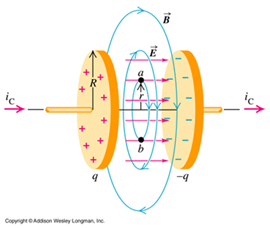

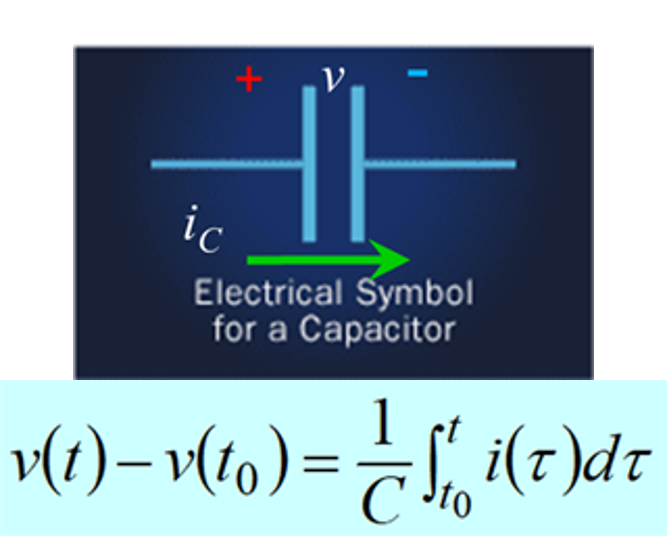 |
| Part A: Op amp
self-oscillation circuit: RC time in
charge, discharge, and
oscillation frequency |
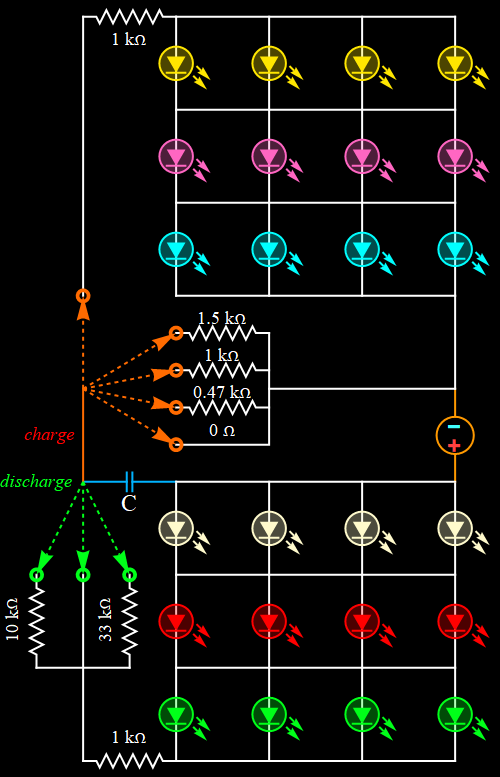
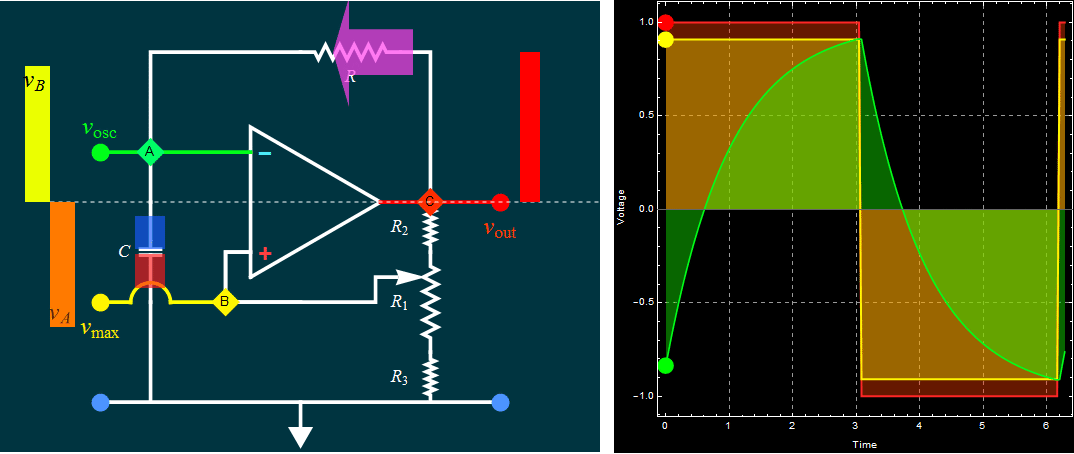 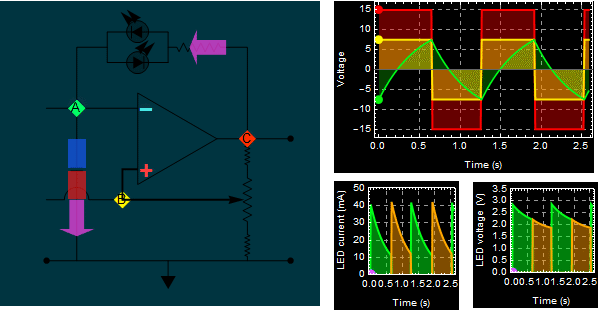 |
| Part B
Differentiation circuit and high
pass behavior |

 |
| Part C
Integration circuit and low-pass
behavior |
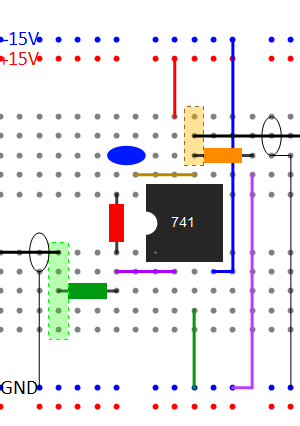
 |
Lab work
Part 0: Introduction
Step 1: If electrons from a source are blocked from making a round trdip of a circuit, or are not even allowed to enter into circuit elements, can the source supply power to the circuit elements? Can the circuit work?
|
|

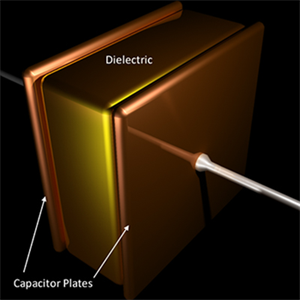
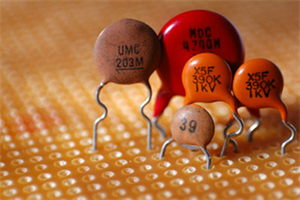
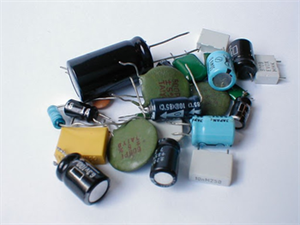 |
Step 2: When a voltage V is applied to a capacitor, the capacity stores a charge q=C*V, where C is its capacitance. Can this charged capacitor give a current to a circuit, and what is the relationship of its voltage v[t], charge q[t] (t is time) and its current?
 |
Step 3: Based on the op amp negative-feedback usage, an input current, such as that of a capacitor, can be converted to a voltage with a feedback resistance. Is it possible to use an op amp to give a voltage output proportional to the time-derivative of an input voltage?

Step 4: Given the relationship between a capacitor voltage and its current as given previously:

If the capacitor voltage is known, taking its time derivative will give the current. If the current is known, is it possible to obtain the voltage? How?

Step 5: Based on the op amp negative-feedback usage, given an input current, a feedback capacitor will integrate the current. Is it possible to use an op amp to give a voltage output proportional to the integral of an input voltage?

This
configuration is
also very popularly
known as capacitive
transimpedance
amplifier that is
ubiquitous in the
readout circuit of
every cell phone
camera, or virtually
all CMOS cameras for
that matter as shown
in the reference
below |
End of Part 0: Introduction
Part A: Capacitor charge and discharge behavior
Step 1: Observe the demonstration of capacitor charging behavior. Interpret and report.
Experiment 1: how fast can a capacitor be charged?


Example of actual circuit for experiment:
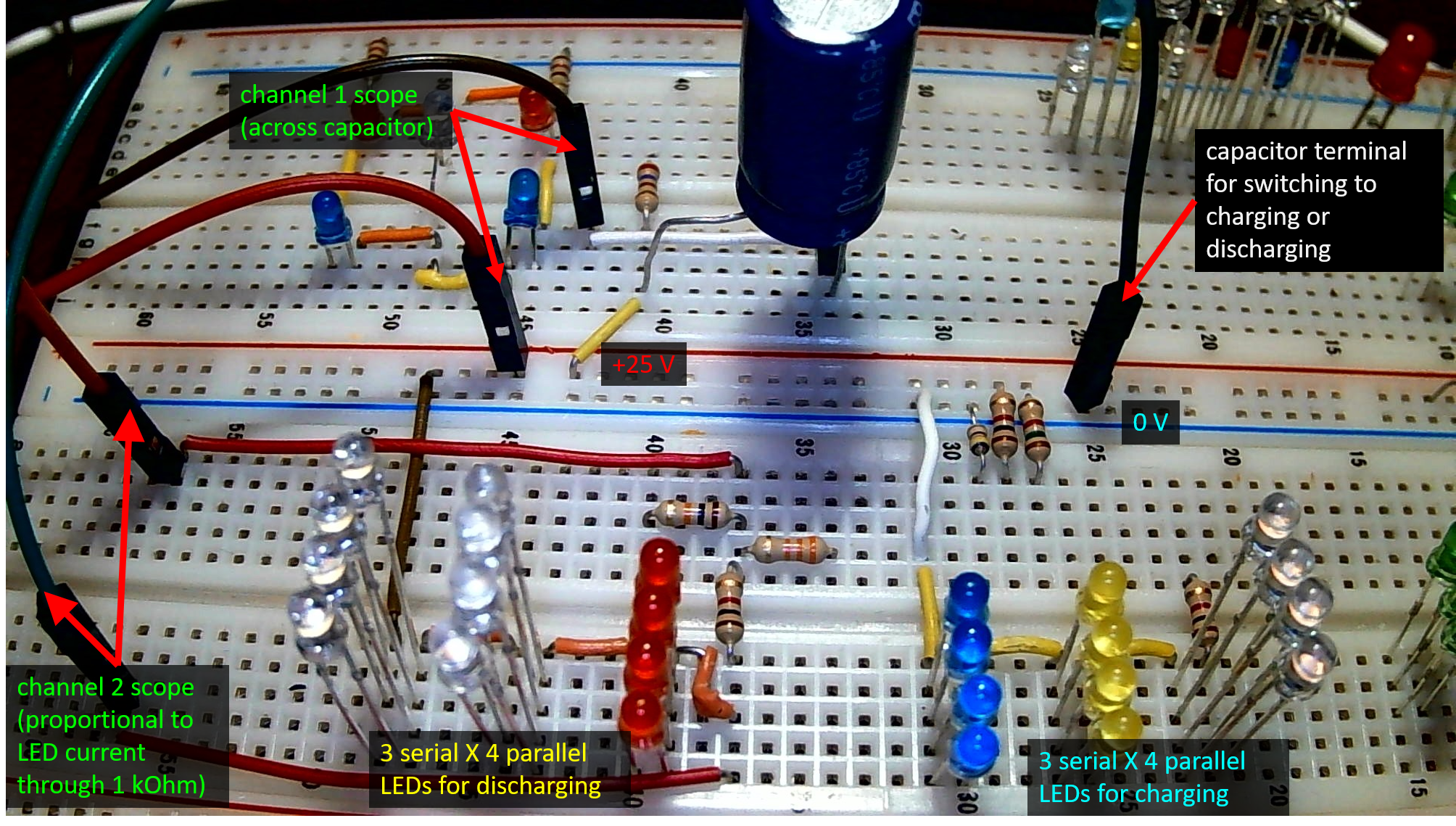
Experiment 2: discharging behavior: how fast can a capacitor discharge?
Experiment 3: The symmetry of current behavior in charging and discharging.
For capacitor, capacitance matters. Comparison of 470-uF capacitor to a 10-uF one:
End of Part A - Step 1
Continue to page 2

